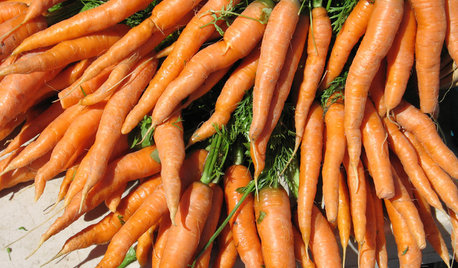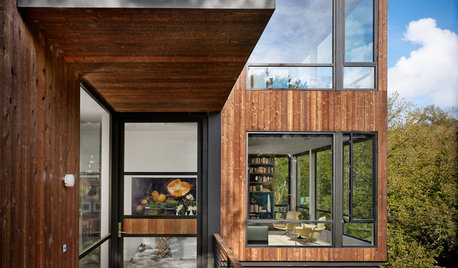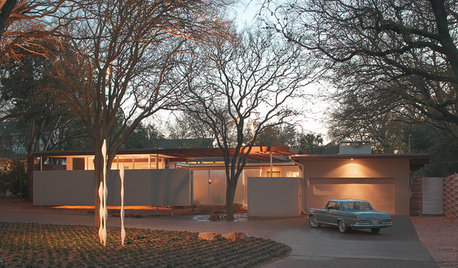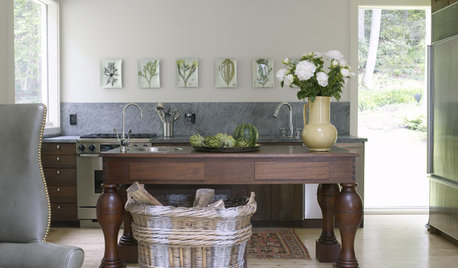The Great Carrot Experiment....
ezzirah011
11 years ago
Featured Answer
Sort by:Oldest
Comments (13)
Okiedawn OK Zone 7
11 years agolast modified: 9 years agoezzirah011
11 years agolast modified: 9 years agoRelated Professionals
Gainesville Landscape Contractors · Westwood Landscape Contractors · Fort Worth Landscape Contractors · Haverhill Landscape Contractors · Plymouth Landscape Contractors · The Woodlands Landscape Contractors · Vashon Landscape Contractors · Waldorf Landscape Contractors · Wallingford Landscape Contractors · Whittier Landscape Contractors · Wilton Landscape Contractors · Jupiter Decks, Patios & Outdoor Enclosures · Medford Decks, Patios & Outdoor Enclosures · Saint Louis Park Decks, Patios & Outdoor Enclosures · Statesville Decks, Patios & Outdoor EnclosuresOkiedawn OK Zone 7
11 years agolast modified: 9 years agoezzirah011
11 years agolast modified: 9 years agoOkiedawn OK Zone 7
11 years agolast modified: 9 years agorandy_coyote1
9 years agochickencoupe
9 years agoOkiedawn OK Zone 7
9 years agochickencoupe
9 years agorandy_coyote1
9 years agoluvncannin
9 years agoOkiedawn OK Zone 7
9 years ago
Related Stories

COOL-SEASON CROPSCool-Season Vegetables: How to Grow Carrots
More than just a bunny food, easy-to-grow carrots add lacy good looks to a fall or spring garden
Full Story
DECORATING GUIDESYour Decor: Experimenting with Timeless Terracotta
Ideas for How To Accent Your Home With This Natural and Versatile Ceramic
Full Story
LIFEThe Good House: An Experience to Remember
A home that enriches us is more than something we own. It invites meaningful experiences and connections
Full Story
MOST POPULARExperience the Holidays at Frank Lloyd Wright's Home and Studio
Handmade decorations, greenery and gifts show how the famed architect and his family celebrated Christmas in their Oak Park home
Full Story
DESIGN PRACTICEDesign Practice: How to Ensure the Best Client Experience
Pro to pro: Learn about standard procedures to make clients happy and things easier on you
Full Story
LIFEFrom the Wild, Home: Elements of a Landscape of Experience
See how simplicity, mystery and lessons from nature can help you create a rich garden experience at home
Full Story
FEEL-GOOD HOME10 Essentials for Enjoying a Spa-Like Experience at Home
These ingredients will help create a bathroom setting conducive to relaxation
Full Story
HOUZZ TOURSHouzz Tour: A Hard-to-Find Door Just Adds to the Experience
A roundabout entry allows guests to fully enjoy this modern cedar box perched over a creek in Austin, Texas
Full Story
LANDSCAPE DESIGNArt Brings a New Experience to Modern Home Exteriors
Sculptures and paintings on a home's exterior can create impact and interest before anyone even steps inside
Full StoryMore Discussions




AmyinOwasso/zone 6b